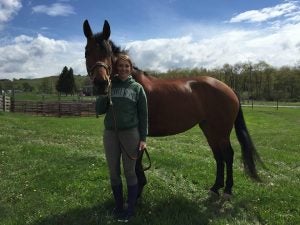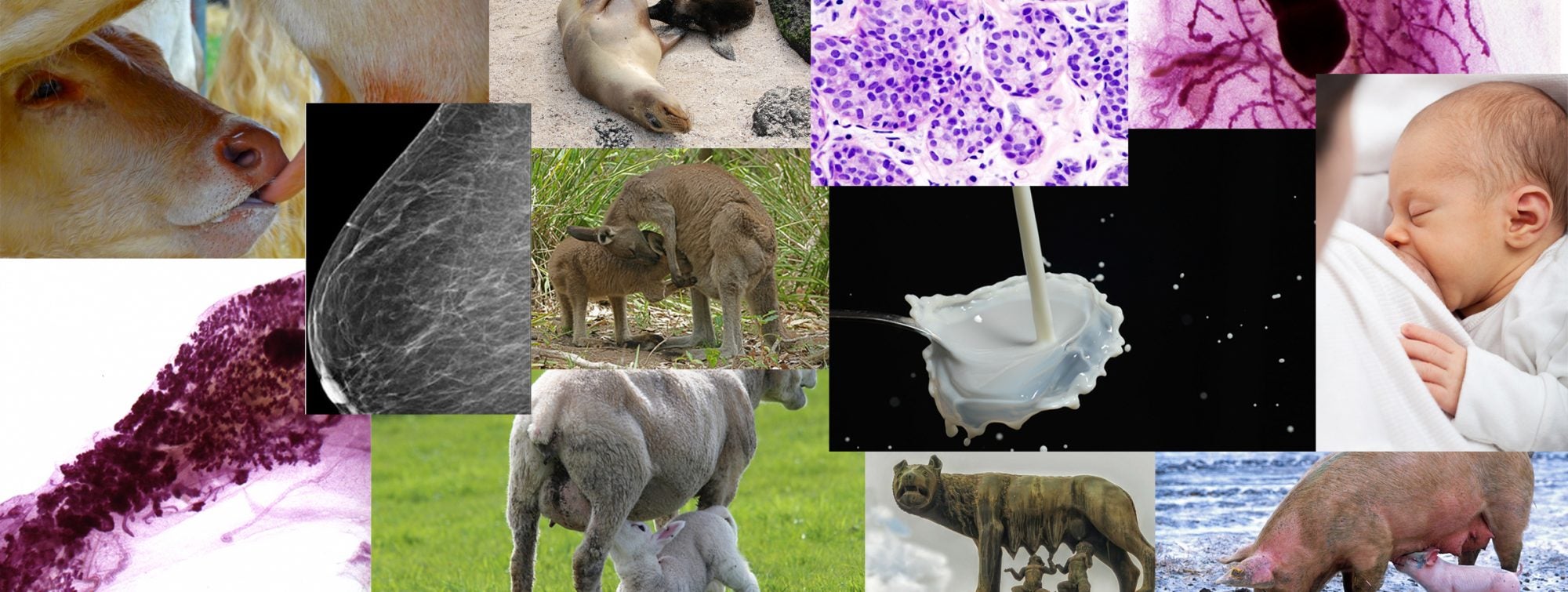
Alice is from Geneva, New York and is a current Ph.D. candidate in the Hovey lab. Alice received an A.S. in equine science from Morrisville State College. She then completed her B.S. in biology at Hobart and William Smith colleges, where she studied the effect of HDAC inhibitors on human tumor cell proliferation and apoptosis. She recently completed her M.S. at West Virginia University under the advisement of Dr. Joseph McFadden, where she studied the relationship between lactation, nutrition, sphingolipid metabolism, and insulin resistance in both dairy cattle and humans. While in the Hovey lab at UC Davis, Alice plans to investigate the relationship between dopamine, prolactin, and lactation in swine. Specifically, she will study the effects of dopamine antagonists on prolactin, mammary gland development, milk production, and piglet growth and performance.
Awards
First place, 2016 Oral Presentations in Clinical and Translational Science at Van Liere Research Day – West Virginia University.
Publications
A.T. Mathews, O.A. Famodu, M.D. Olfert, P.J. Murray, C.F. Cuff, M.T. Downes, N.J. Haughey, S.E. Colby, P.D. Chantler, I.M. Olfert, and J.W. McFadden. 2017. Efficacy of nutritional interventions to lower circulating ceramides in young adults: FRUVEDomic pilot study. Physiological Reports. Article in Press.
A.T. Mathews, J.E. Rico, N.T. Sprenkle, A.L. Lock, and J.W. McFadden. 2016. Increasing palmitic acid intake enhances milk production and prevents glucose-stimulated NEFA disappearance without modifying systemic glucose tolerance in mid-lactation dairy cows. J. Dairy Sci. 99: 1-15.
J.E. Rico, S.S. Samii, A.T. Mathews, J. Lovett, N.J. Haughey, and J.W. McFadden. 2017. Temporal changes in sphingolipids and systemic insulin sensitivity during the transition from gestation to lactation. PLoS ONE 12: e0176787.
J.E. Rico, A.T. Mathews, J. Lovett, N.J. Haughey, and J.W. McFadden. 2016. Palmitic acid feeding increases ceramide supply in association with increased milk yield, circulating nonesterified fatty acids, and adipose tissue responsiveness to a glucose challenge. J. Dairy Sci. 99: 1-14.
